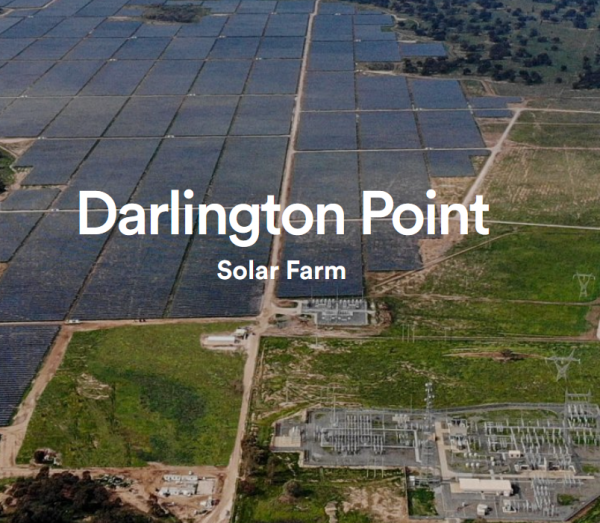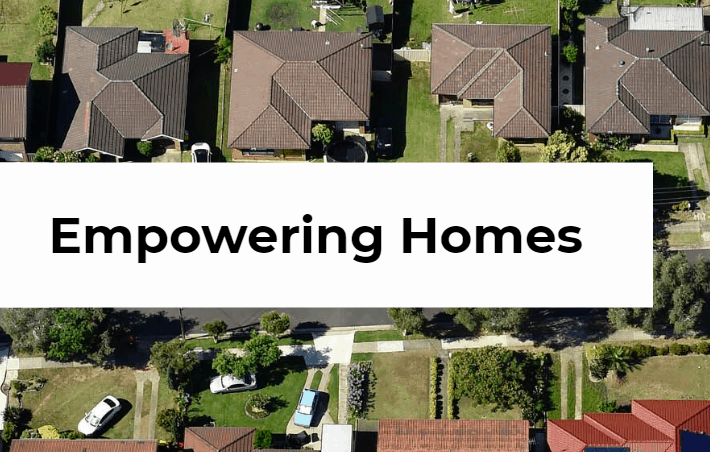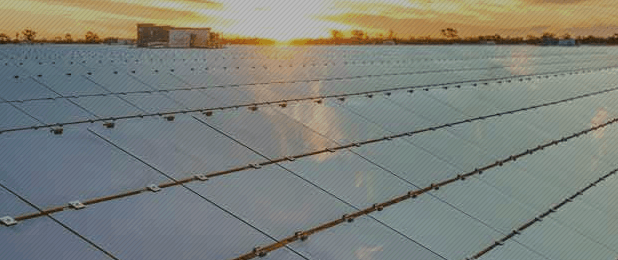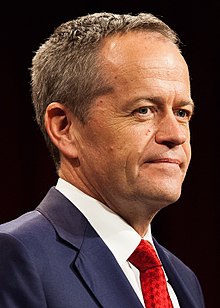The NSW based Darlington Point Solar Farm will receive a 100MW built adjacent to the facility as part of a $3.2b push from the NSW government to bolster energy storage alongside soaring solar panel install rates.
Darlington Point Solar Farm Battery
The Darlington Point Solar Farm commenced operations earlier this year so to have energy storage sitting alongside it will be a massive boon for everyone involved. According to Wikipedia the total output will be 333MW DC or 275MW AC, with Delta Energy having a PPA for 150MW.
Shell Energy and Edify Energy will work together over the next 10 years to build the 100MW battery – with Shell taking a half share of the Darlington Point battery, according to Greg Joiner, CEO of Shell.
“This long-term services agreement is a model for how large energy users can access dispatchable power like battery storage, which complements renewables, while contributing to a cleaner and more resilient power system,” Mr Joiner said.
Edify’s CEO John Cole was also understandably bullish about the situation:
“Energy storage is fast becoming a valued capacity solution for the National Electricity Market, given its fast and precise response,” Mr Cole said. “The uncertainties in this growing technology class are reducing and with it the barriers to acceptance from market and network participants.”
Energy and Environment Minister Matt Kean put out a press release discussing the battery and NSW’s solar future plans:
“The NSW government is the second-biggest energy customer in the state, and we are using our purchasing power to leverage new dispatchable capacity to help power our schools, hospitals, traffic lights and tunnels,” Mr Kean said.
“This battery will help to keep the lights on and keep costs down during peak energy periods, and support more renewable energy to come online.”
With commercial solar power going from strength to strength in 2021 it’s heartening to see large-scale energy storage solutions growing at a somewhat commensurate rate. Should help us cut down on the ‘what do you do when the sun’s not shining’ naysayers!
Click here to learn more about the Darlington Point Solar Farm from Edify’s website!






